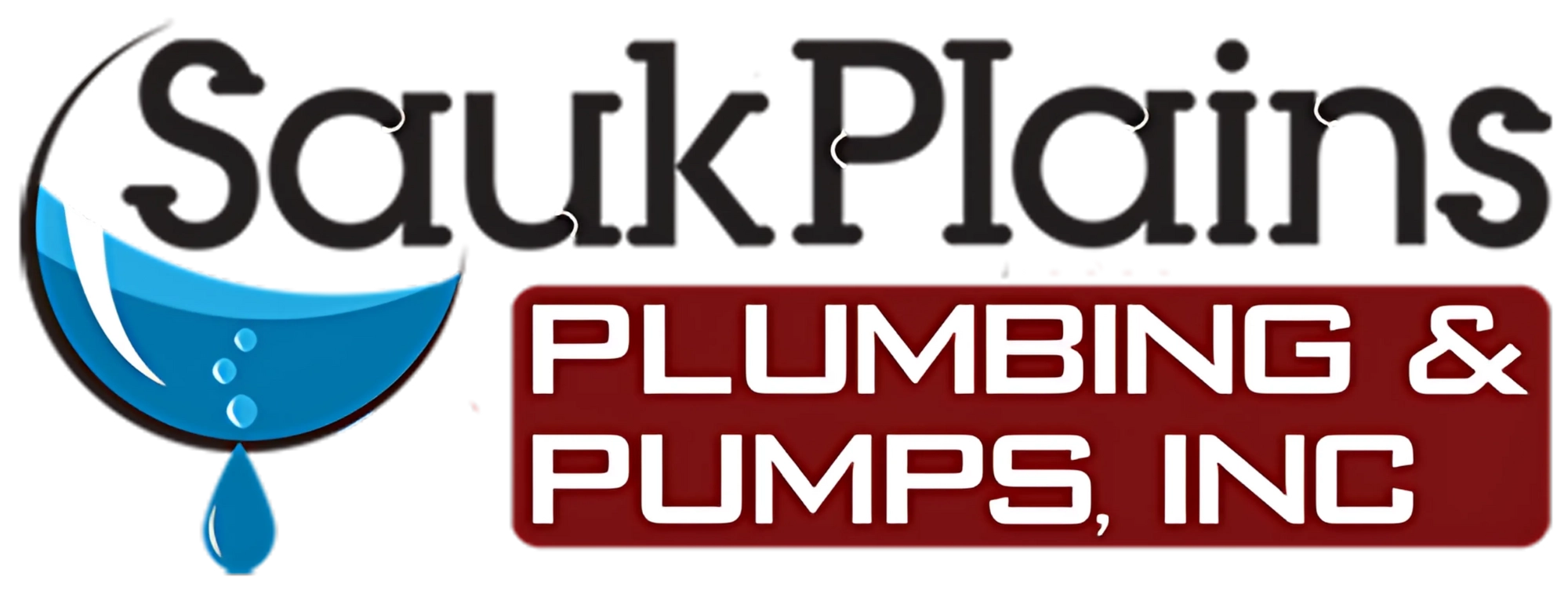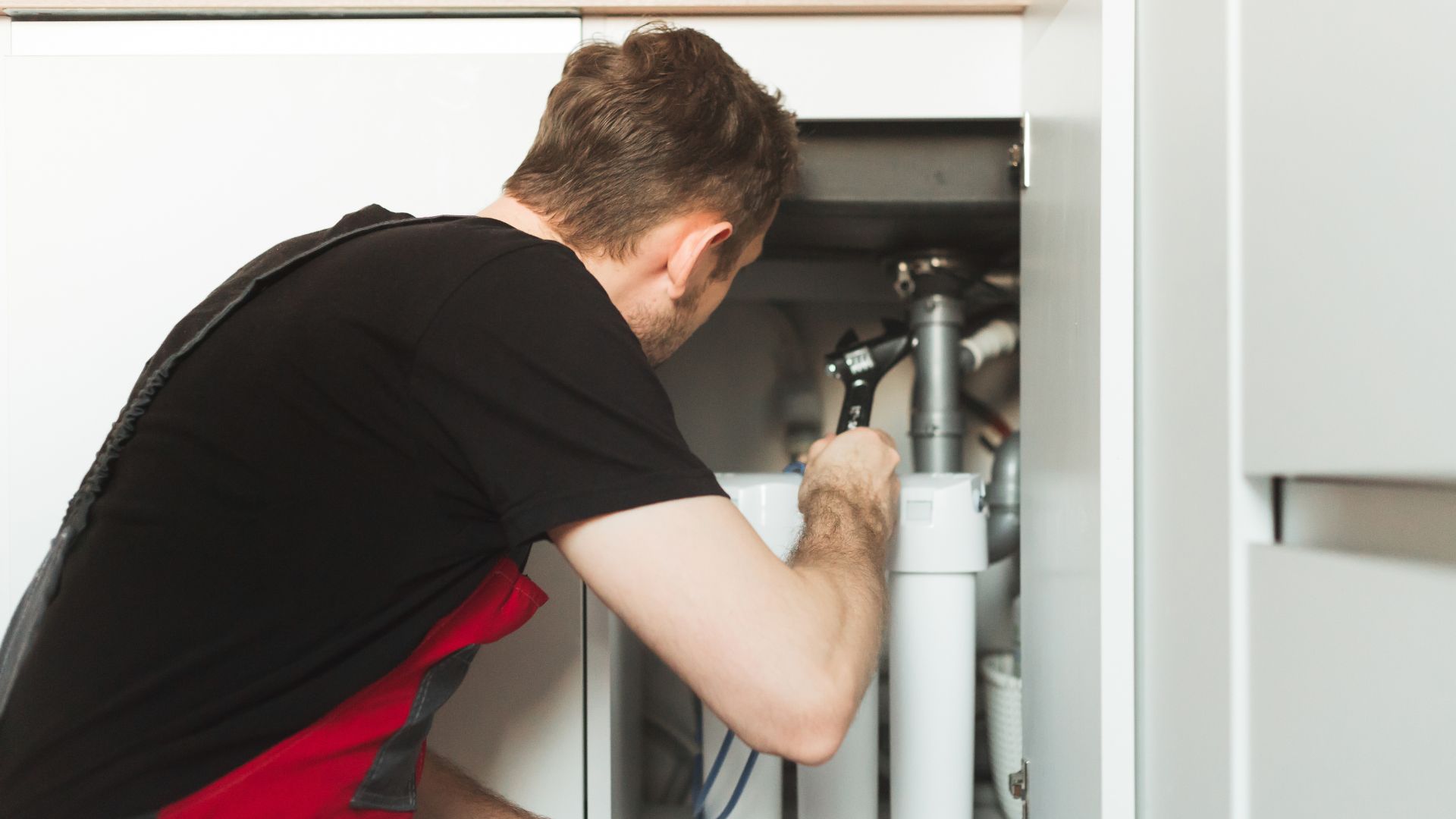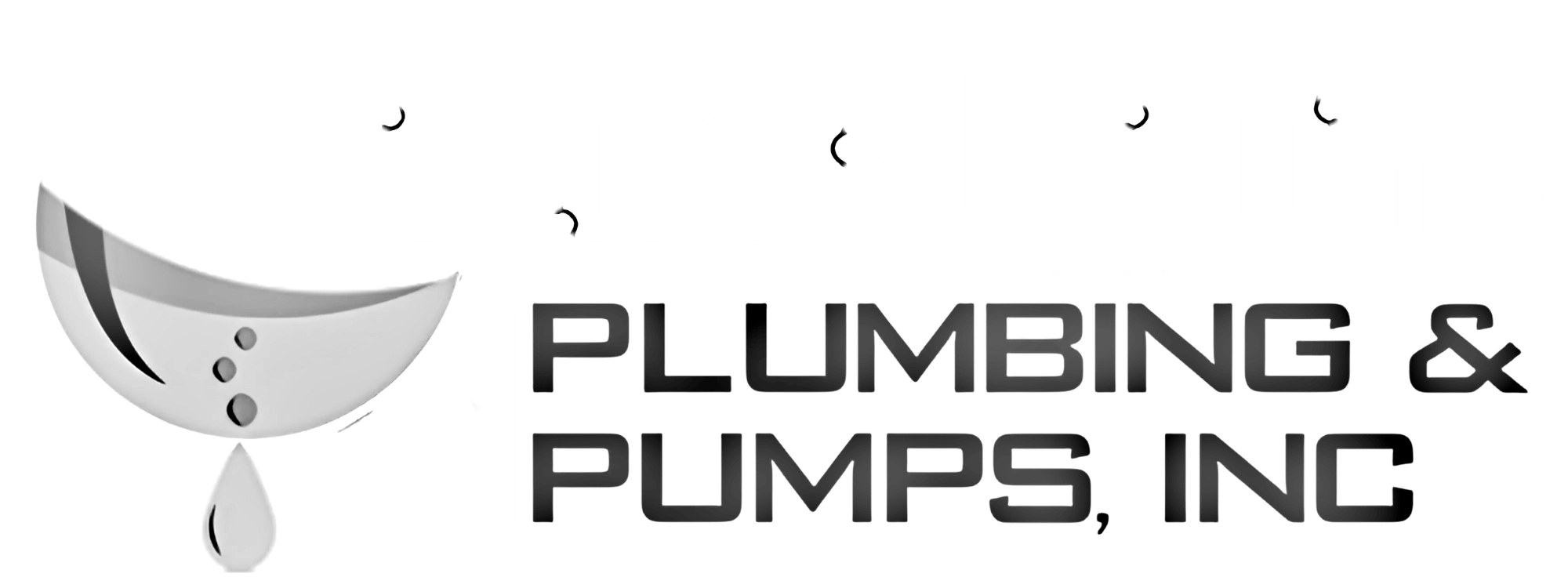After a year of unprecedented flooding and heavy snow well water testing should be a priority in southern Wisconsin. Normally, well water should be tested annually as part of your routine well maintenance. But this year, with the floods and potential heavy runoff after heavy snow a semi-annual test is a good idea.
Contaminants like bacteria and nitrate flow from the surface into groundwater from farms, flooded ground, leaking septic systems and other sources. Flooding rain and spring runoff rapidly speed the process and move contaminants further from their source. That means an area safe a year or two ago could be threatened this spring.
Earlier this year the Department of Natural Resources (DNR) reminded rural residents – and anyone with a well – that if they were in or near a flooded area they should assume their water is contaminated. Even wells that don’t show any obvious signs of contamination can be in danger. The same holds true for potential from melting snow.
Routine Well Maintenance Protects Property, People
Contaminated well water represents a threat to plumbing and your water system. Equally important, it threatens the health of families and pets.
There are several elements that impact your health and wellbeing, including:
- Disease-spreading bacteria – coliform bacteria, a serious disease-spreading bacteria, is often found in drinking water. If your water becomes cloudy or you notice a strange taste or color in get the water tested immediately.
- Nitrate concentrations – nitrates are a form of nitrogen that causes health problems. They are especially dangerous to young children. Nitrates seep into ground water from agricultural runoff after snow melts or land floods.
- Chloride – gets into ground water from leaking or flooded septic systems. In some areas flood waters carry debris from landfills, fertilizer spills or road salt. All are possible sources of chlorides.
- Lead – lead is very dangerous and can leach into well water from many sources.
Water well testing uncovers elements that threaten you home, too. Two elements that detect threats to plumbing and fixtures include:
- Measuring alkalinity – alkalinity is the level of salts in the water. While salts can change the taste of well water, they are more important for their corrosive nature. Salt buildup contributes to damage in your pump and pipes.
- Corrosive threats – in addition to measuring salts in the water, professionals look for lime and other corrosives that build up in pipes and fixtures. These corrosives cause leaks, broken pump parts and poor performance inside your kitchen and bathroom fixtures.
Well Water Testing — Reacting To Changes
The massive floods of 2018 were obvious changes in many neighborhoods. Other less obvious changes cause concern, too. Remember, liquids follow the path of least resistance and ground water follows the contours of the land from high ground to lower locations. Be alert to local changes including:
- Heavy runoff – whether it is from drenching rains or melting snow the flooding caused by water running off fields, lawns and farmlands is a concern. Runoff causes septic systems to overflow. It brings animal waste and chemicals into where they don’t belong. As flood waters sink in, these elements find their way into ground water – and eventually into wells.
- Changing land use – farm activity is a key sign of changes impacting the flow of water and the spread of contaminants. Early applications of chemicals and animal waste are examples of how farm practices relate to ground water.
- Construction projects – new housing developments that include streets and highways change the natural flow of water. Commercial developments with large parking lots contribute to new runoff flows. These developments often contribute new pollutants into the system.
There’s little or nothing you can do to keep most of these threats away from your well water. A routine well maintenance program and periodic well water testing is your first line of defense. In your arsenal you have several resources to help monitor actions in and around your neighborhood. Two recommended resources are:
- The Well Water Quality Viewer, created by the Center for Watershed Science and Education, at the University of Wisconsin – Steven Point. It provides searchable data on test results from private wells across the state.
- The Wisconsin DNR’s recommendations including links to certified testing labs. If you grow your own food, UW-Extension has a Guide to help ensure produce from flooded gardens is safe.
Well Maintenance Records Are A Must
Knowing what’s gone on before is more than a valuable aid in well maintenance. It helps professionals make the right decisions to correct problems and improve water quality. In Wisconsin accurate record-keeping as mandated by law. Regulations include:
- All drilled or jetted wells installed since 1930 must have a detailed construction report on file.
- Since 1989 these documents have been required for Sandpoint wells, too.
Final reports on all wells completed since 1989 are available on the Wisconsin DNR website . The report includes:
- Date the well was drilled
- Original owner’s name
- Distance from structures – septic tanks, etc. at time of installation
- Diameter and depth of the hole
- Type of casing and a list of all materials used
- Type and depth of soil and rock formation
- Depth of the water table at the time of installation
- Water yield at the date of installation
Well Water Testing – A Job For Pros
The trained, licensed professionals at Sauk Plains Plumbing and Pumps have decades of experience installing and maintaining water wells, pumps and system components. Call Sauk Plains Plumbing, 608-798-2121, to schedule a well maintenance inspection and well water testing for your Middleton WI area home.



